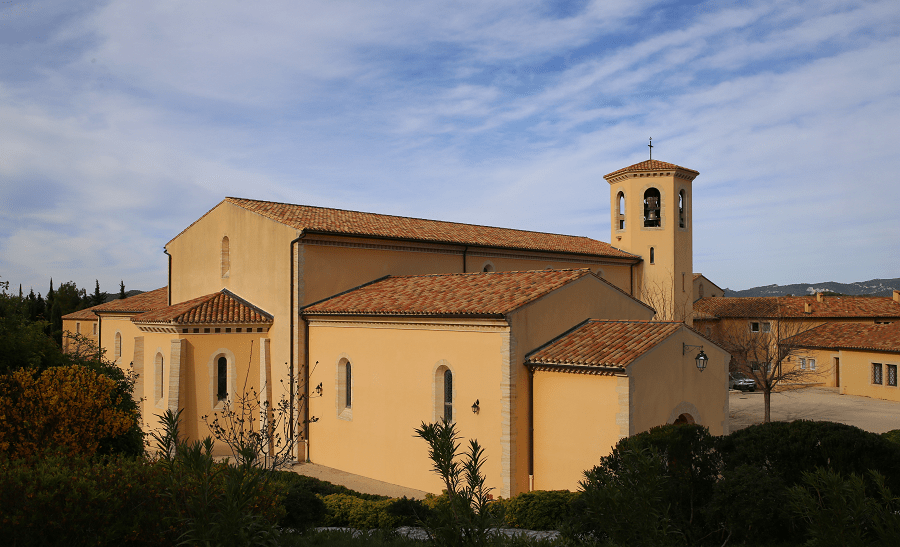Bozdoğan Aqueduct (Bozdoğan Kemeri), also known as the Valens Aqueduct, is an aqueduct built by the Romans in Istanbul. It was completed by Roman Emperor Valens in the late 4th century. The aqueduct, which was restored by Ottoman Sultans in different periods, is one of the important historical monuments of the city. It is one of the most important aqueducts that met the water needs of the city in the Middle Ages.
The exact date that construction on the aqueduct began is uncertain, but it was completed in 368 AD during the reign of Valens, whose name it bears.
The aqueduct stretches in Fatih between the hill where Istanbul University is located today and the hill where the Fatih Mosque is located. The part of the Valens aqueduct that survives today is the 921-meter section, which is 50 meters shorter than its original length. Atatürk Boulevard continues through the piers carrying the aqueduct, just like a typical viaduct.
Initially, the Aqueduct of Valens carried water from springs at Danımandere and Pınarca; the channels from each spring met at Dağyenice. This 4th-century first phase of the system was 268 kilometres (167 miles) long. A second, 5th-century phase added a further 451 kilometres (280 miles) of conduits that took water from Vize, 120 kilometres (75 miles) away from Constantinople.
Address: Kalenderhane, 34083 Fatih/İstanbul, Türkiye
Location: İstanbul, Constantinople
Total length: 971 m
Opened: 368 AD
Architectural style: Byzantine architecture
Material: Stone, brick
Width: 7.75–8.24 m (25.4–27.0 ft)












